The Kashmir heaven on Earth has given birth to beautiful handmade crafts and weaves that sing to the special weather, music, flora and fauna. The 10 crafts of Kashmir you simply cannot miss your next visit to heaven on earth.
1. RESHMEE KALEEN, SRINAGAR
Intricate silk carpets of Kashmir, primarily produced in the summer capital of Kashmir involves a specific trained type of hand knotting that made its mark as an exquisite and functional piece of art. Initially found only on floors, it has grown to work as wall hangings and furniture covers. Don't let its delicate nature and appearance fool you, a single carpet can last a ;lifetime of wear and tear and is a fine heirloom piece.
A lifelong investment and the soul of any household, the exact technique is a closely guarded secret and passed on from father to son in a ‘Taalim’ which is a handwritten color coded instruction used as guide for weaving sung to the new young weavers, a beautiful tradition.
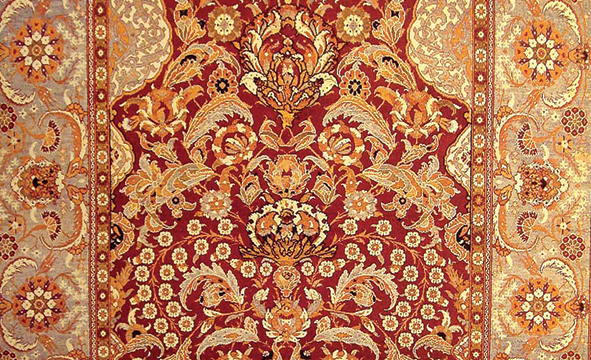
2. PINJIRAKARI, SRINAGAR
Light deodar
wood cut and arranged repeatedly to create intricate and geometric lattice work patterns. Sounds easy enough, but this particular pinjira work uses no glue at all, Precise joinery skills and calculated pressure being exerted alone hold the wooden pieces together.
Perfect for the biting temperatures in Kashmir as a cover of thick oily paper keeps chilly wind away but allows the soft winter light to flood the house.
This delicate wooden lattice work adorns Sufi places of worship and house fronts and creates the lace-like trim on balconies and houseboats, a fixture that evolved from a simple shelf.
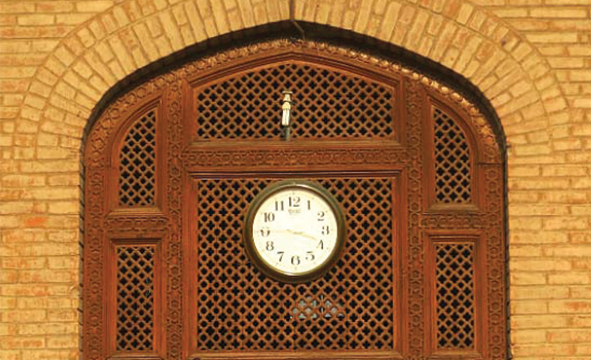
3. KHATAMBAND, SRINAGAR
The shrine of Khwaja Naqshband is a prime example of this intricate and geometric pine wood ceiling craft. Convenience and geometry runs through this Kashmiri art as well as little or no nails are used allowing the ceiling fixtures to be easily removed and reassembled at a different location. A status symbol that provides insulation from harsh winters and reveals a geometric pattern only upon completion, khatamband is a thriving art waiting for environment-friendly alternatives.
4. KASHIDA KARI, SRINAGAR
With origins from Persian royalty, this distinct style of embroidery derives motifs and stories from the scenic land it is practiced in and is heavily practiced by men.
The colorful petit point embroidery is said to go through many skilled hands before completion. No single piece is ever done wholly by one person. The various threads and raw materials too are sourced from various places, and put together to form vibrant patterns.
5. PASHMINA SHAWLS, SRINAGAR
A familiar household name, pashmina shawls were highly sought after for the warmth offered and as a sophisticated, delicate heirloom. The rare and intricate designs are coloured into a rich fabric spun out of the soft downy hair of a specific mountain goat known as the Himalayan Ibex found only in the region.
The precious fabric is valued as high as jewelry if not more and takes some time between 3 an 6 months to complete. “The fabric of the Kings” was its unofficial title and its durable self traveled far and wide before finally being pronounced a fashion staple by even fashion gurus in the west.
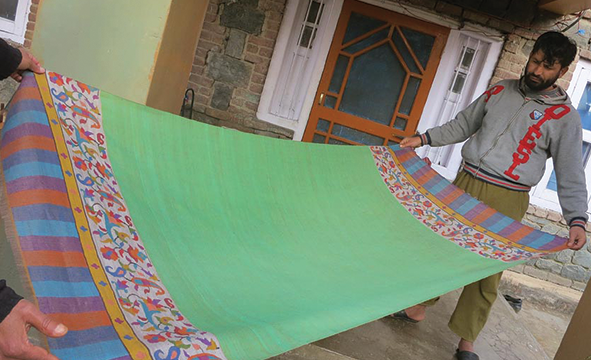
6. PAPIER MACHE, SRINAGAR
Lifelike imagery of kingfishers and lakes are carefully hand painted onto paper pulp to create exquisite products with heavy inspiration from the “paradise on earth” surrounding the artisans. Papier mache work was first done on leather bound holy texts like the Quran and eventually used only to make pen cases that gave birth to its Iranian name ‘Kar-I-Qalamdani’.
The shawls that were once sent from Kashmir to France used to be packed in papier-mache boxes and once they had reached France, were sold separately, fetching high prices. Soon these papier-mache objects carved a separate market for themselves in France and other parts of Europe. Gradually along with boxes, papier-mache flower vases were also in demand in the French market and eventually the world

7. NAMDA CRAFT, SRINAGAR
We talked about the elite, exquisite and expensive. On the contrary,
Namda is an inexpensive, effective and a true ode to the Kashmiri culture of creating an immersive experience with regards to guests and family members sitting on the floor to enjoy a meal or a laughter filled conversation. These felted rugs are made by enmeshing wool fibers with water, soap and pressure and then embroidering the resultant fabric.
Felting the wool rather than weaving it, makes the most striking characteristic of this craft. Low quality wool mixed with a small quantity of cotton is used to manufacture namdas with its origin lying in the simple act of placing rugs around the house to protect people from the cold. It is an important part of households belonging to the common man and even the elite despite a down to earth story as people hold the functionality and efficiency at hugh value with a royal title.
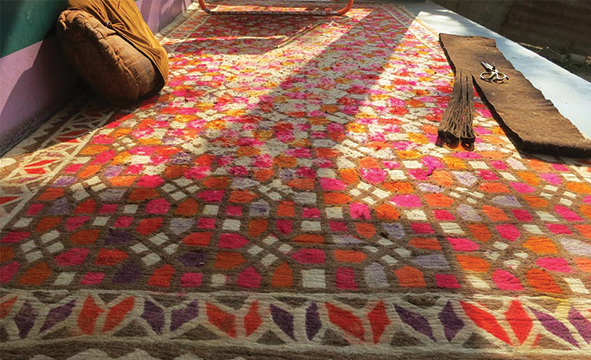
8. WILLOW WICKER CRAFT, SRINAGAR
Jammu and Kashmir enjoy a monopolized market for wickerwork. Straws, grass and leaves are used to make domestic containers to store agricultural produce as they have proved to be stronger and less prone to insects as compared to bamboo, etc. The wicker is produced profusely in the entire region and is a primary industry.
Like much of the crafts based in jammu and kashmir, the cold has driven the people to adapt creatively. The
wicker baskets called kitlu encase the clay pot known as kangri. These now protected pots are filled with coal and put under long robes to fight the bitter cold.
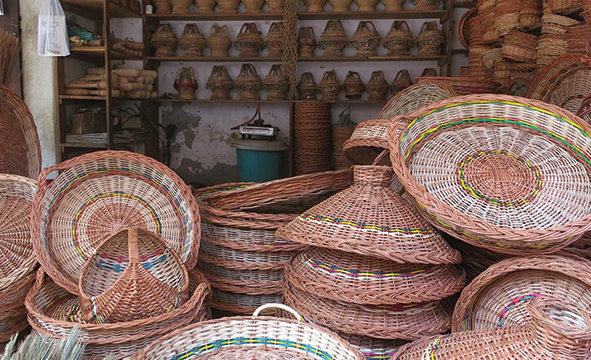
9. SILVERWARE
An ancient craft that even today resembles the charm it originated with. Artisans bend over everyday household utility and label them ‘naqash’ and continue to engrave intricate patterns on them. Ornamental picture frames and boxes that hold a set of scents or athar are a favorite to gift loved ones.
10. TILLA WORK
A gold or silver zari, tilla or thread that are used to heavily embellish clothing articles that would otherwise be bare. Similar to the process seen in Bhopal called zari zardozi, artisans painstakingly create intricate patterns with precious threads held in place with cotton as opposed to the organza seen in Central india.
Salwar kameezes, pherans, shawls and other articles of clothing are seen sporting this luxurious embroidery especially during occasions and festivities.
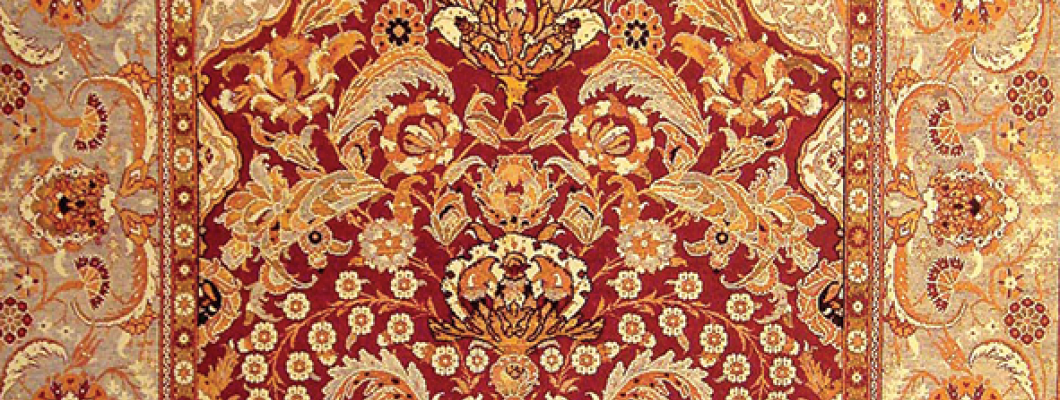







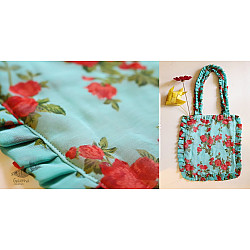
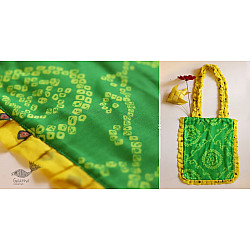
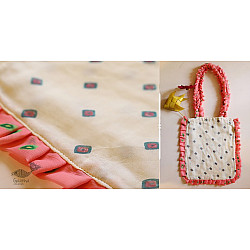
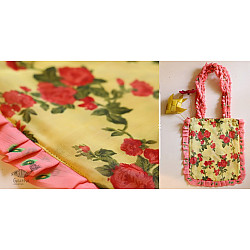
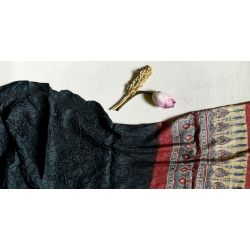
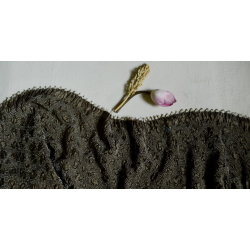
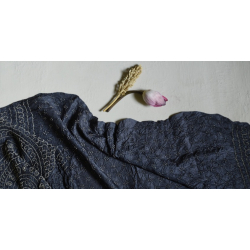
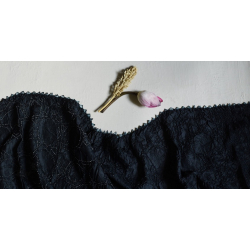
Leave a Comment